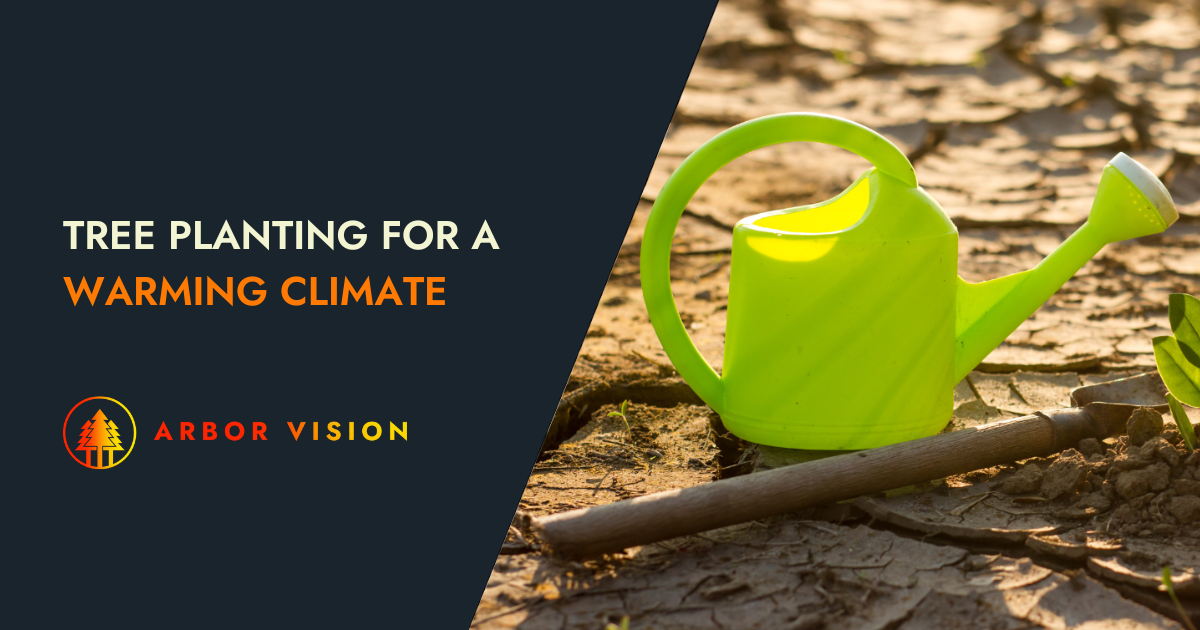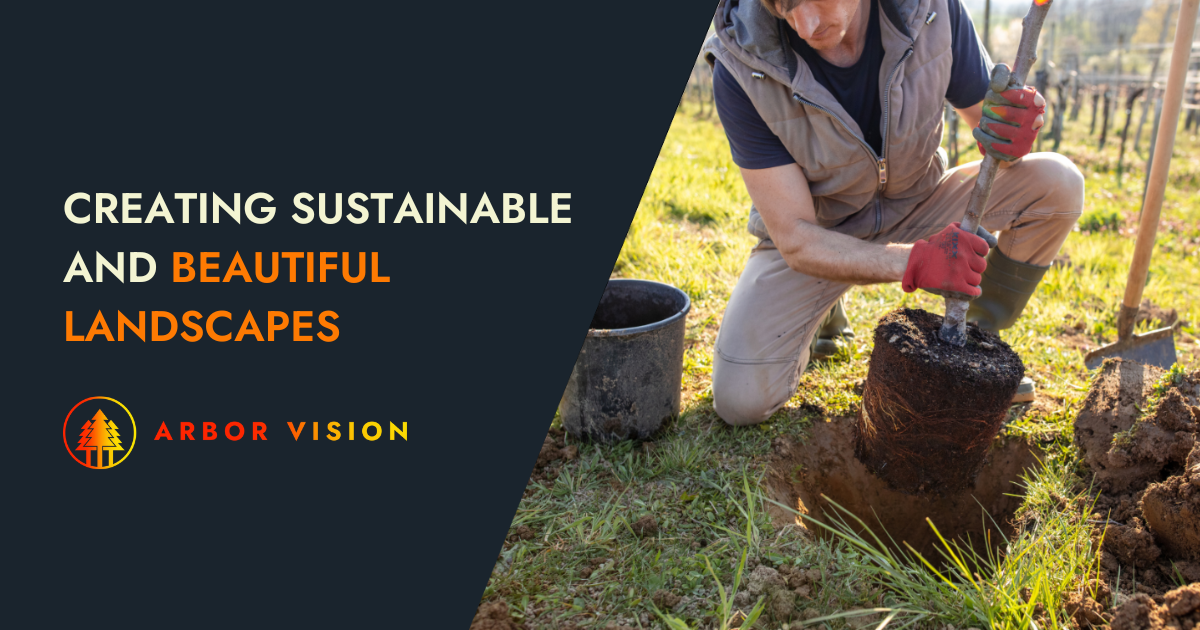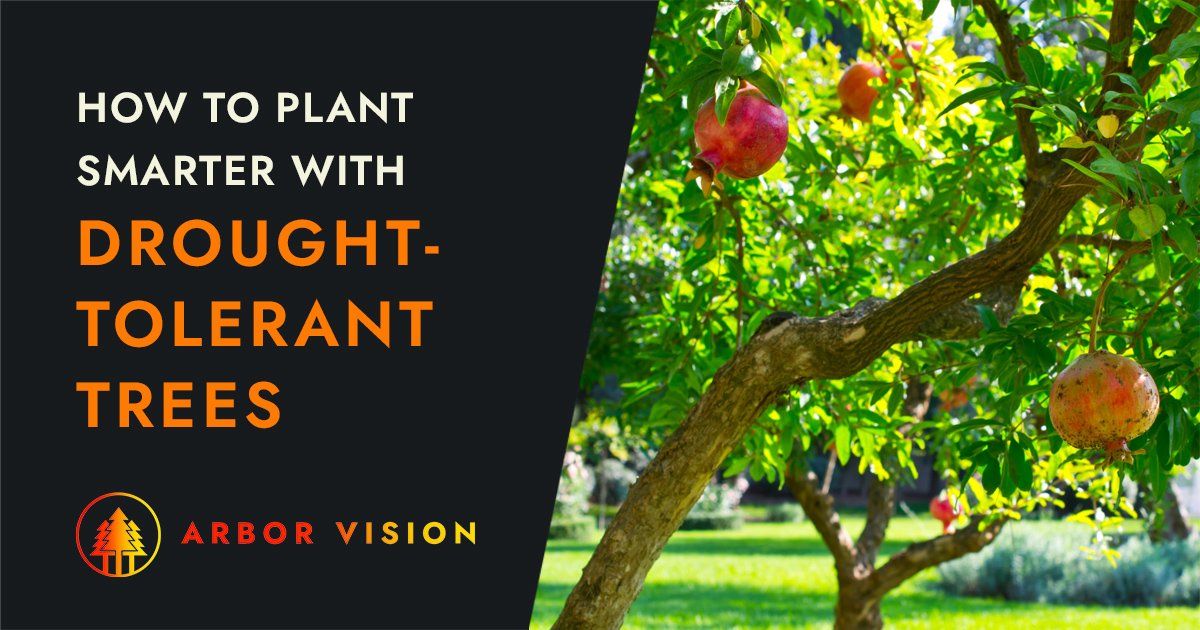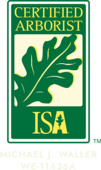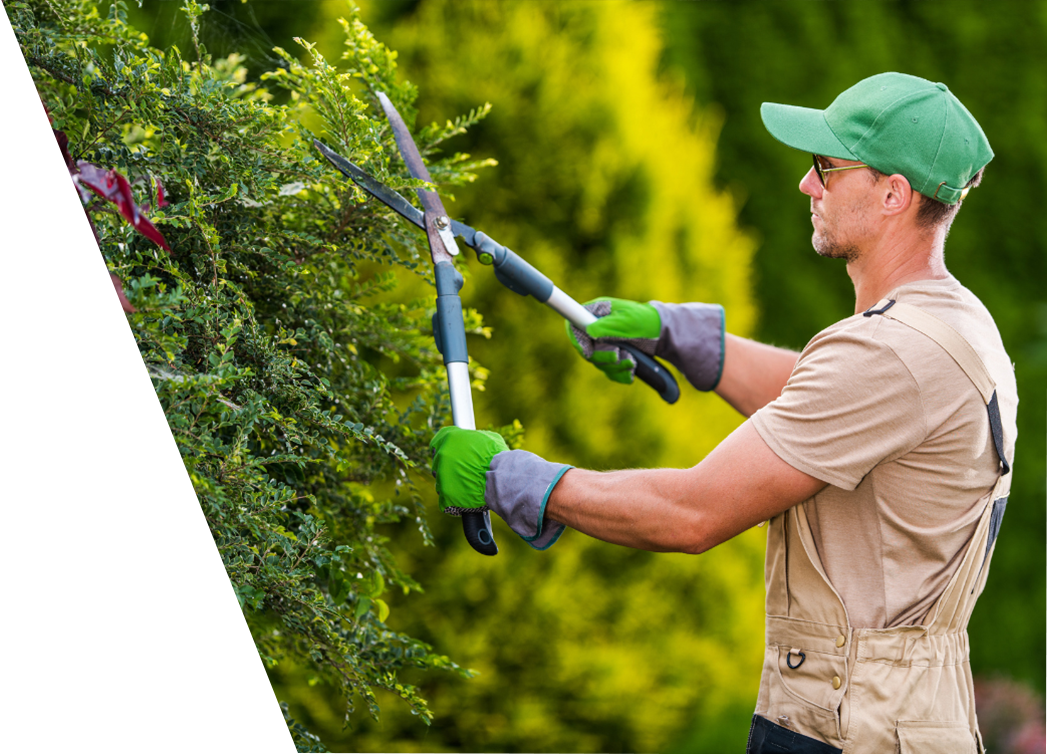
If you are puzzled by the science behind tree pruning, you're not alone. Many property owners either prefer to leave their trees to grow naturally or go pruning crazy, risking a few poorly chosen cuts that can cause irreparable damage. However, without proper tree pruning, your trees' health and property are at risk. Here, we unlock the secrets of tree pruning with an expert guide explaining the when, why, and how behind pruning for healthier, safer trees.
Mastering the Art and Science of Tree Pruning
The Science of Tree Pruning
Three significant components drive tree growth:
- Carbohydrates and nutrients accessed through stored reserves in the roots, crown, and trunk
- Photosynthate production in the leaves
- Water absorption
The first two components are all about new plant tissue production, while water is focused on cell expansion and shoot growth. Pruning at the right time of year manages these sources to stimulate growth. Issues such as crossing and rubbing branches, dense crown growth, and improper branch angles contribute to growth challenges that inhibit trees from maintaining optimum health and production. Pruning restores healthy balance.
When to Prune
In the winter, stored reserves are at their peak. As a result, a major winter thinning is best, depending on the species. This helps maintain those reserves found in the roots, crown, and main trunk by reducing the number of growing points that will want to use the reserves in the spring to fuel growth. Late winter pruning produces healthier spring growth as fewer growing points benefit from the stores without the worry of spreading the nutrients too thin.
If you prune in late spring or early summer, the tree will have used up those stores for the entire tree. As a result, when you prune, you reduce photosynthate stores in the new growth leaves. That means you're removing what the tree needs to recover from the pruning to stimulate regrowth and the growth of photosynthate production. This slows and reduces growth.
Therefore, you must consider what you want to achieve: vigorous or slow growth.
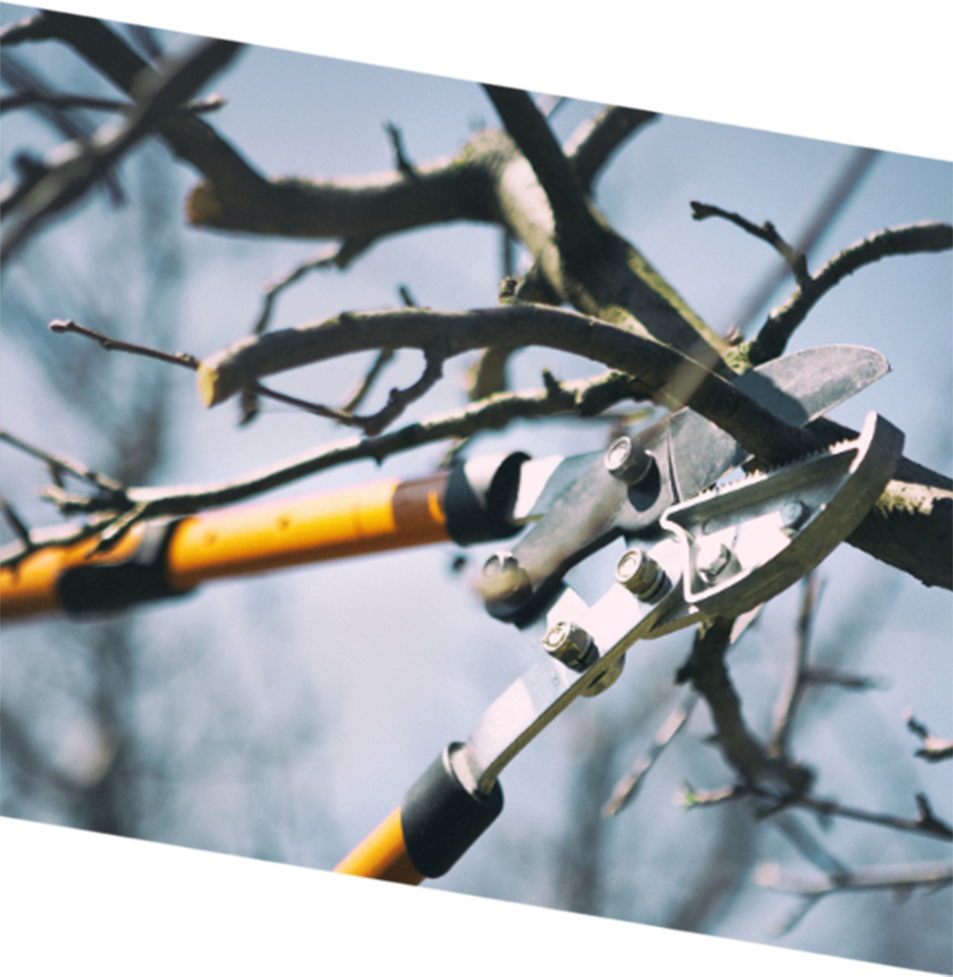
Tree species
Some species considerations will require a variation in timing as follows:
- Summer blooming trees are pruned in early spring
- Hedges and evergreen trees are pruned in early summer
- Birches and maples are pruned in late summer
- Fruit trees are pruned in late winter
Remember, dead, diseased, and weak branches can be removed anytime to protect the tree and property.
Tree age
Some age considerations include:
- Age and height determine how much pruning is required to ensure you don’t remove too much growth (we use a standard rule that ensures we don’t remove more than a third of the tree height and a fourth of the crown at one time)
- Evening out lateral tree branch spacing in young trees is essential and should be done at the appropriate season based on tree species.
- Keep cuts in young trees below ¾ of an inch so they can heal within the growing season.
Why Prune Trees?
Tree pruning is a fundamental step in tree care for the following reasons:
- Improving the health of trees and shrubs by removing dead, diseased, and injured branches to improve vigor and reduce vulnerabilities that increase the risk of pest damage
- Encouraging improved growth patterns
- Improving light and air circulation
- Enhancing plant appearance with professional tree-scaping
- Improving property safety with the removal of hazardous branches to reduce liabilities
- Supporting local wildlife habitats
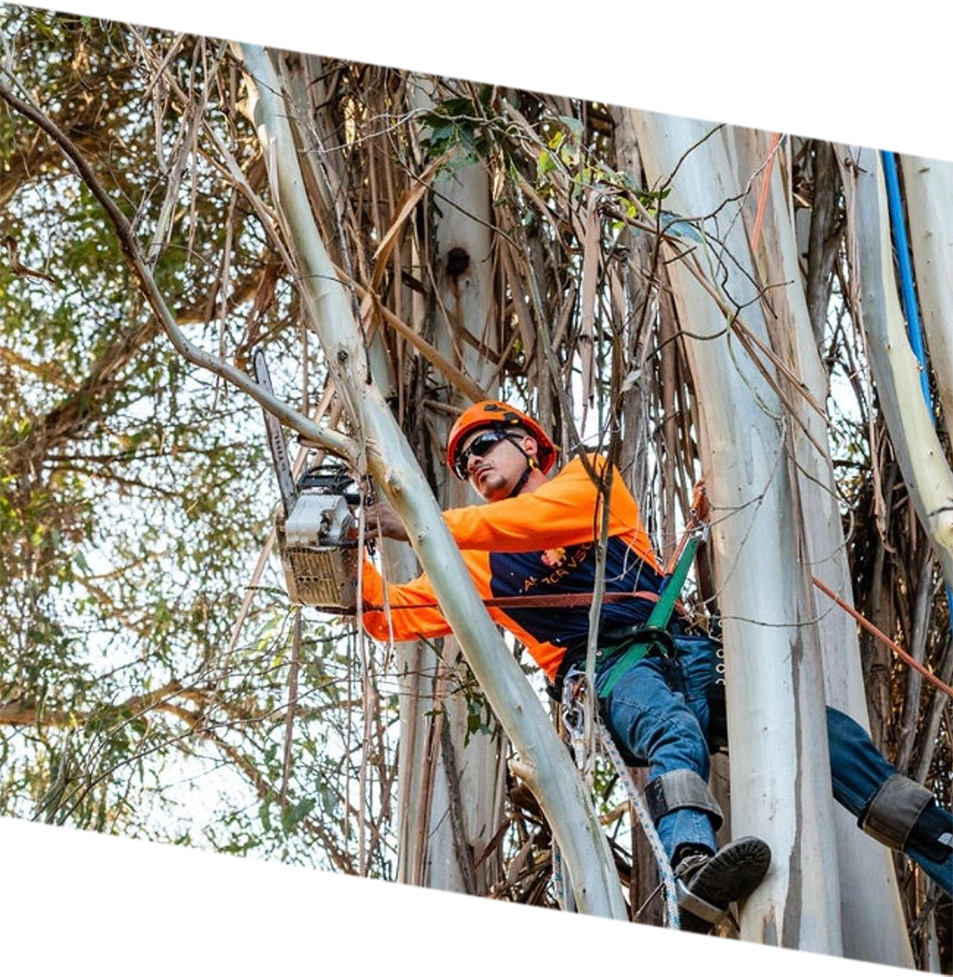
How to Properly Prune a Tree
When pruning a tree, it just takes a few misplaced snips to lead to disappointing and even fatal (for the tree) results. An ISA-certified arborist uses proper pruning methods for tree health, including:
- Cleaning pruning tools with alcohol when managing diseases like fungi to avoid spreading the disease
- Using very sharp pruning tools to make clean cuts to improve healing
- Using the correct type of tool based on branch size to avoid damaging the trees and leaving jagged cuts that inhibit proper healing
- Safe practices to avoid injury and property damage
- Identifying issues such as disease and pests that require immediate treatment
- Resolving branch crossing that disrupts proper light flow for photosynthate production
- Maintaining trees to keep them attractive to enhance property beauty and value
As you can see, our tree pruning guide demonstrates the importance of tree pruning services to maintain health and your property. An ISA-certified arborist will ensure your trees are pruned based on age, species, and condition at the right time of year to stimulate growth, encourage fruit and bloom production, and maintain beauty.
Enhance Your Tree Care with Expert Guidance
For detailed insights and expert tree care solutions, explore our Tree Service Guide. Our ISA-certified arborists are dedicated to the health and beauty of your trees, offering personalized services to meet your specific needs. Visit now and partner with us for professional tree care.
Share this page:


